We could open this interview by talking about over-commercialization in fly fishing or supporting small business, but arguments tend to fall flat when you take a look at Mike Craig’s nets. They speak for themselves. Say what you will about some of the larger fly-fishing companies, but none of them are making nets that look like this or this.
Under the flag of No Leaf Clover Company, Mike’s found quite the place in fly fishing by handcrafting these works of art. But, as you’ll learn in our interview, it was born out of function, not exactly form, when he had a mishap on his first-ever fly fishing trip:

“I drove an hour and a half to the stream and I shoved the net behind my back, went to grab something, and I just heard it ‘pop,’” Mike told us.
That ‘pop’ may as well have been an explosion because that’s what has been happening with No Leaf Clover ever since. In our conversation, we talk about how he started his operation, why Steve Rinella and the MeatEater crew is behind some of its success, and how he puts together these incredible fly-fishing tools. Here’s No Leaf Clover Company’s Mike Craig.
__
Moonshine: What came first, the fishing or the nets?
Mike Craig: They actually happened simultaneously. Where I grew up in Upstate New York, it was all farmed fields and bass ponds on farms. I did a ton of pond fishing with a spinning reel.
But from the time I was probably six or seven years old, I would get fly-fishing catalogs and googly eye over fly rod stuff, but there was no mentor to show me how to do it. I didn't realize my town was right on the Susquehanna River and even the stream that goes right behind the football field of my high school is a great trout stream. I had no idea the whole time I was there.
Then, life took over and I moved around. I was doing woodworking as a hobby, building tables and whatever else I could and also working a full-time job. I decided I wanted to get into fly fishing and one of my high school friends was constantly traveling and fly fishing. So I called him up and said, “It's time to do it.” I need some head space from work.

The first day I have off and we’re heading to fish and I realize I don’t have a net. I run into Walmart real quick and I buy a $15 net and throw it in the truck. I drove an hour and a half to the stream and I shoved the net behind my back, went to grab something, and I just heard it “pop.” I didn't even get to cast [laughs]. I was so pissed. I went home and decided I was going to rebuild this thing off the net bag and make my own net. So, it was literally day one of fly fishing that caused me to go build a net.
When did you think building nets would be something you could do for the long term?
At the time I built my first net, I was doing executive protection, which is essentially a classy bodyguard for executives in Washington DC. My schedule was super crazy, with no downtime. I just wanted to get in the woods, hunting, fishing, and everything. That's the only place my head wanted to be. Once I built my first net, a good buddy of mine saw it on social media and asked me to build him one. I wasn't confident at all about building and taking money for one, but he was a small business owner, and he told me to just do it. So, the second net I built was for him.
It was nice, but it didn't turn out anywhere near what I wanted to. He threw me 100 bucks to cover the materials and then asked me to go build him another one, to improve on it. I did that two or three times for him. At the same time, I was putting the pictures of the process on social media, and people started coming out of the woodwork and asking me to build them. But, it really wasn't a viable business right up front. I built a lot of nets and pretty much gave them away or sold them for the cost of materials.
I was building them in my garage. Everything was jam-packed in there, filled to the brim. While this was all going on, my job was causing so much stress that it started to cause me health issues. I started to use up all my PTO to try to fulfill orders and see if it was even a possibility to woodwork for a living. It was a Hail Mary. There was no perfect timing to it. There was no business plan. I thought I was going to build high-end dining room tables, and then subsidize it with nets.

One day, I decided to quit my full-time job. It just wasn’t meant to be. At that point I remember thinking, ‘Well, I better figure it out.’ I started building, working on stuff, trying to pump commissions out, get customers, and just went from dollar to dollar to keep it going. In the meantime, all my scraps from tables were going into building nets and putting them out there on social media. I wish I could say I had more of a plan than that, but I really didn't.
Say what you will about Instagram, but it seems to be a great tool for craftsmen.
If it wasn't for Instagram, I don't think any of this would've been possible. A lot of the woodworking stuff that I got ideas from came through my feed and woodworking stuff started coming up. Woodworking was in my family. My dad was a carpenter. My grandpa was a woodworker, but that kind of honestly seemed like an old man's game—”I'm just going to whittle wood on the weekend” kind of thing.
But, seeing stuff on Instagram where people are putting their own style, their own creativity into their craft opened up this whole new world of creativity for me. I hate to give Instagram credit, but it's given me a lot of really good relationships. I've met a lot of people through it. I've learned a lot. It's been a great tool.
Do you remember a specific moment where you thought, “This is going to work.”
Yeah, I do. It was really hard balancing making nets and making tables. Tables take two months to make, and by the time you're done with it, the money's already gone to bills. It's a whole different business. And being a sole owner, sole operator, you're doing all the communication, orders, all the making, all the shipping, website, Instagram. It's a lot. It just was not a good business model. So, I had an idea. Do you know who Steve Rinella is with Meateater?
Yeah!
I love his podcast because there's a lot of people that put out good stuff about wild game cooking, ethics, a lot of different stuff other than just hunting. I learned a lot from his podcast and it changed a lot of the way that I thought. Sam Lungren, one of the fishing editors at MeatEater started following me on Instagram. So I decided I was going to reach out to this dude and offer him a gift, offer him a net, along with Steve and a few others. They just put out good work. So I basically reached out and said, “Here’s a few nets. I thought I’d just make you a net as a sign of appreciation because I've gotten more of my money's worth from your content for completely free.”
They were super cool about it. I shipped them four or five nets, and the director of their fishing department, the producer, and a bunch of the guys said, “These nets are absurd.” They gave me a lot of support. When I got that kind of endorsement from them that I really wasn't looking for, it took off pretty significantly. And that was a scary-ass moment. I wasn't expecting any kind of feedback other than like a “Hey, thanks.” But Steve put it on his Instagram. And I was like, “Holy crap. I really can't mess up now.” That was a turning point where I decided I was done making tables. I have orders coming in with budgets way beyond what I thought possible. I'm just going to run with it.
Could you walk us through what goes into making a net?
Sure. I go to my hardwood lumber dealer and literally search through their entire stack of whatever I'm looking for—walnut, maple, etc., and take select boards for handles and select boards for hoops depending on the grain structure. From the beginning, I'm shopping for specific stuff, bringing it home, and letting the wood acclimate to my shop. As far as moisture, temperature, I let it move, let it settle. I'll give it a couple weeks, and then I'll take a group of stacks and cut it into hoop strips, maybe 200 at a time. I'll let those all sit, and then I'll go through my handle stack, and I'll cut all my handles, and do the same thing. Let them sit, let them move, let them release tension.
I have steam chambers that basically pump steam into one end of a chamber. I put two to three nets worth of hoop strips in there and they steam anywhere from an hour to an hour and a half. As soon as I hit the right threshold, I pull those things out and I throw them on a jig and clamp them super fast, super tight. They’ll sit on the jig for maybe five days or so. That's what's going to give the initial shape.

Once I pull the hoop strips off the jig, I glue those hoop strips up to the handle and I let that sit for 48 hours or 72 hours to let it rest. Wood moves all the time. You’ve got to give it time to settle in. Then, I go through flattening it. It’s raw, super ugly, so I’ll flatten it completely on one side, flip it over and flatten it to the second side. Once that's done, I start shaping the crap out of it—cutting off excess wood, putting the contours in the handles, shaping the hoop, putting the lashing groove along the outside. There’s a lot of sanding, a ton of hand sanding. It's easy to spend eight to 10 hours sanding by hand.
Is there a philosophy behind that process?
I mean, there are a lot of net companies out there. And it can be tough to sell my nets. You're not going to win everybody over. But, in the end, a lot of fly fishing comes down to aesthetics. You're looking for a gorgeous fish to take a photo of, that's what it’s about. A lot of people are looking to have gear that makes them feel better about that experience.
Aluminum nets are everywhere, and even if I kind of hate them, it’s going to function just fine. I just think it looks like crap [laughs]. But as far as my nets, I put so much work into it—and you can call it necessary or unnecessary time. I couldn't tell you how many hours I put into overthinking designs and anticipating potential problems, learning how to make it the strongest.
I guess it comes down to a “buy once, cry once” mentality. I want people to look at myself and think, “If you want a reliable, good looking net that stands apart, go to this guy.” So far, I think I've been able to do that. I haven't had a single failure other than somebody who drank too much beer and fell on their net. Other than that, I've had nothing but positive feedback.
A huge thanks to Mike for sharing his time and story with us. To learn more about No Leaf Clover and to message him for a custom net, you can reach him on his Instagram page.

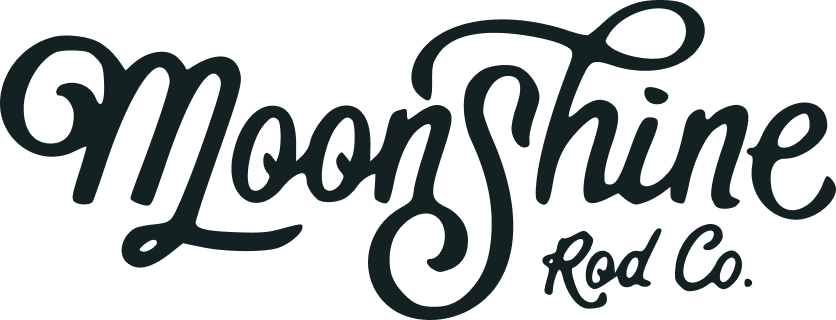
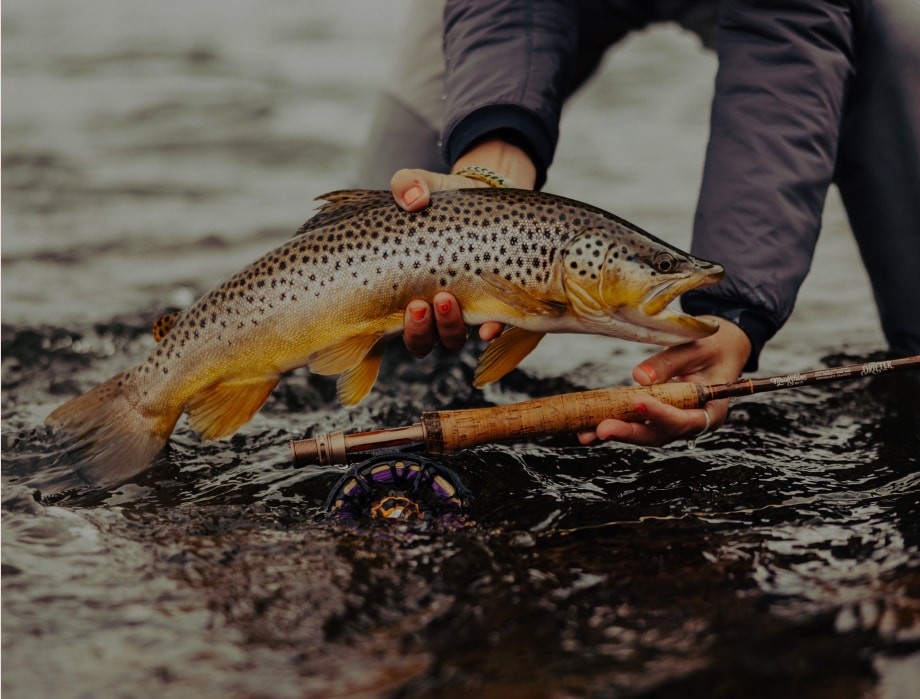
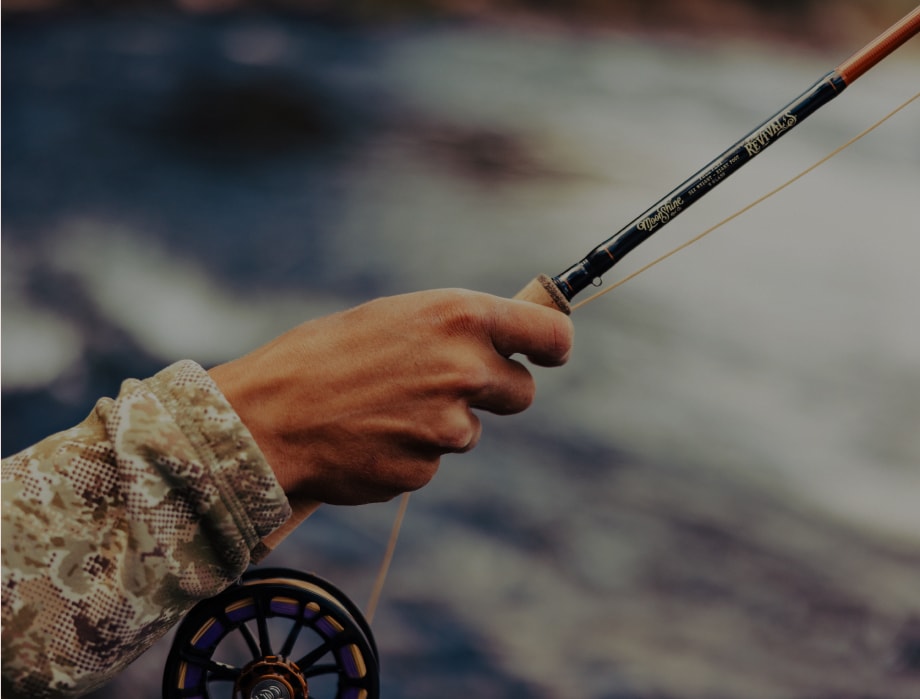
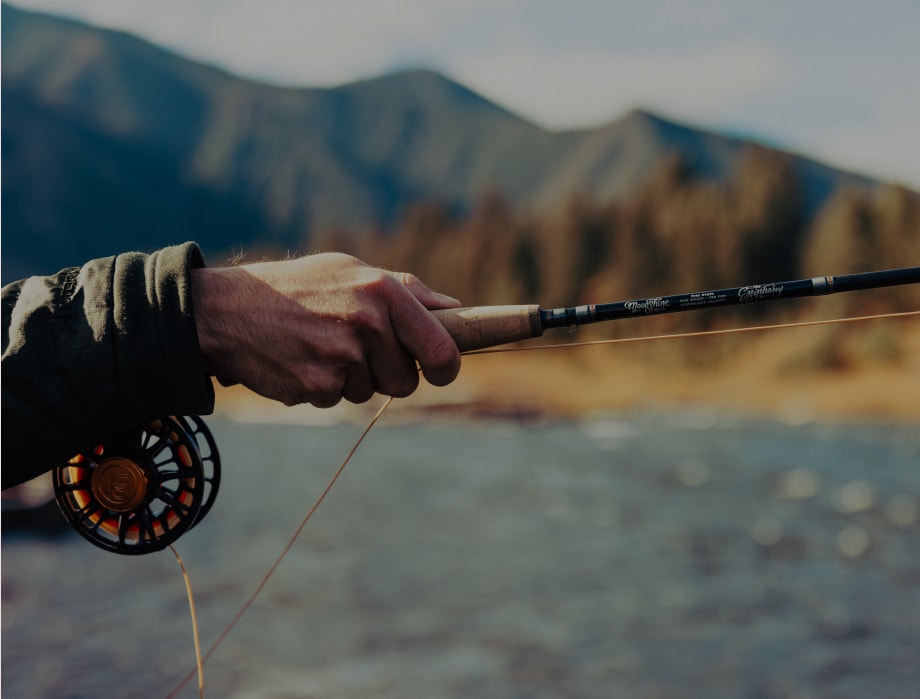
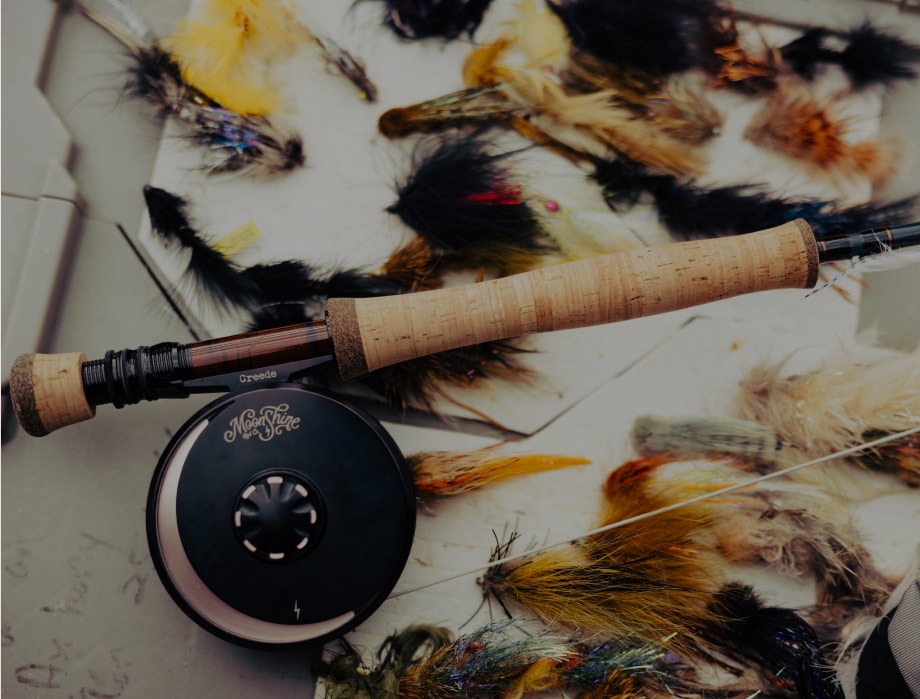
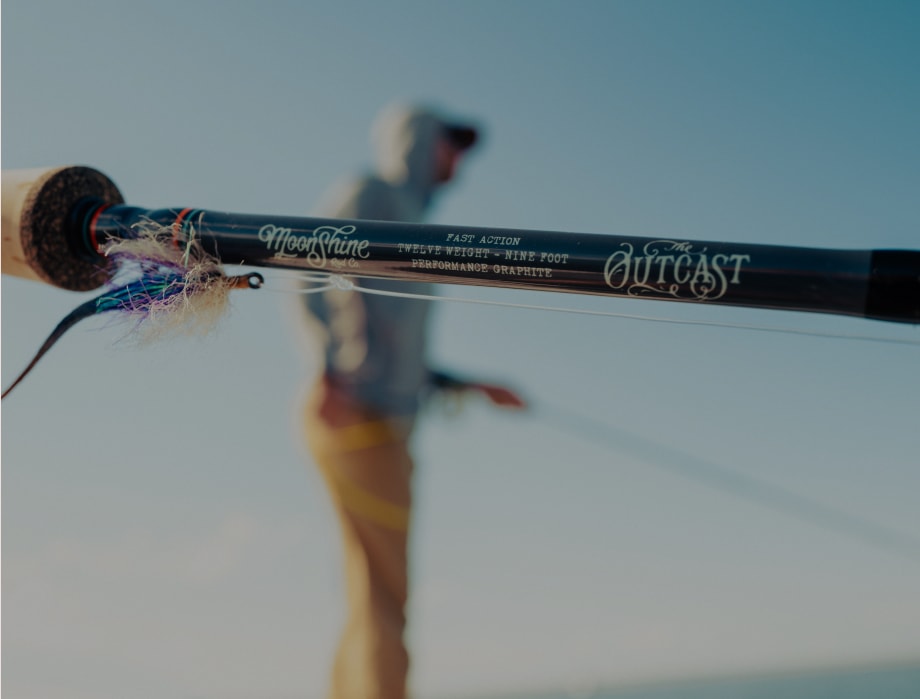
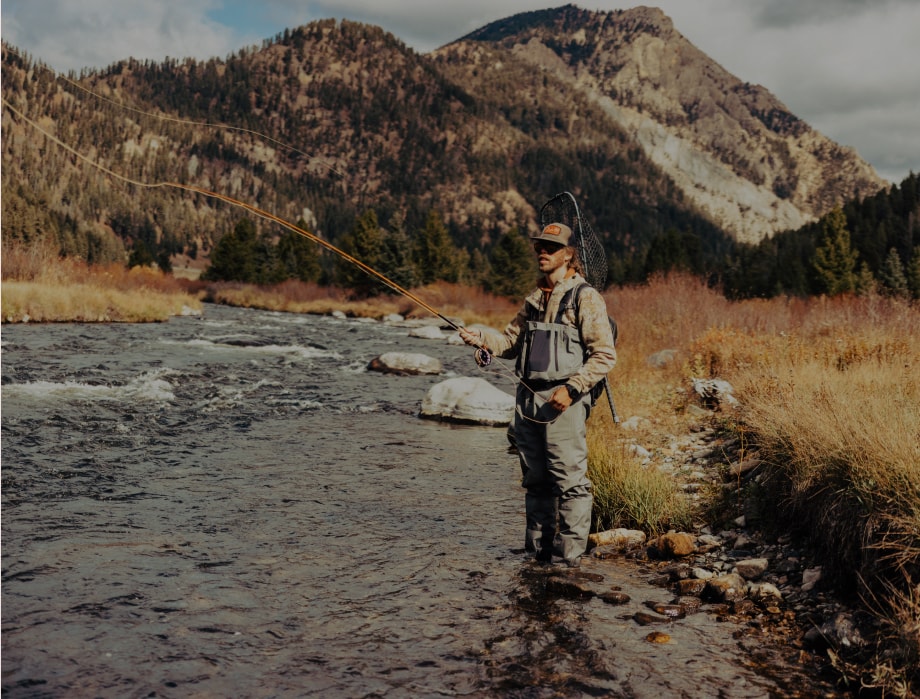
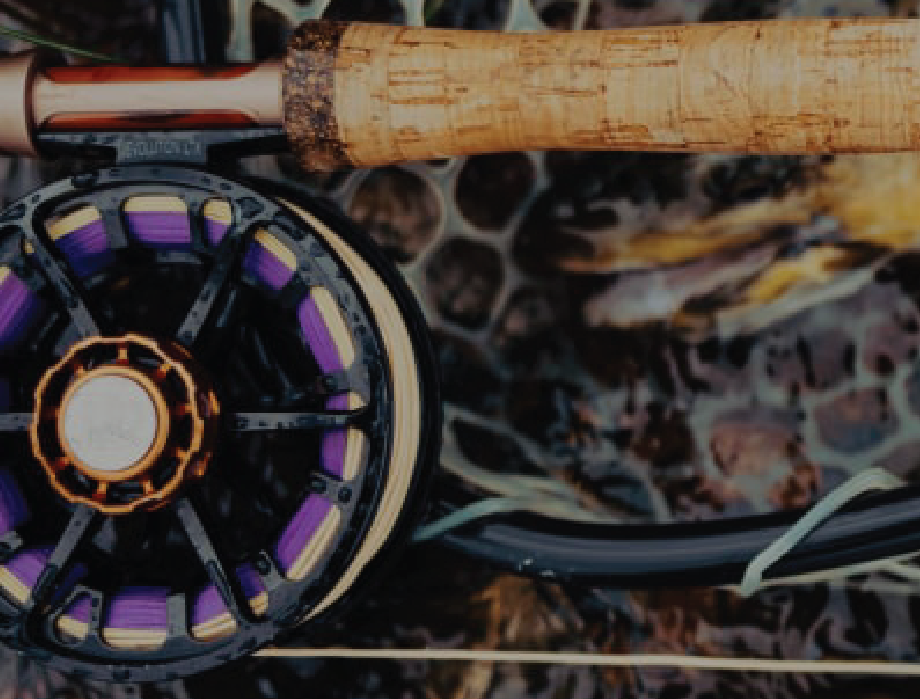
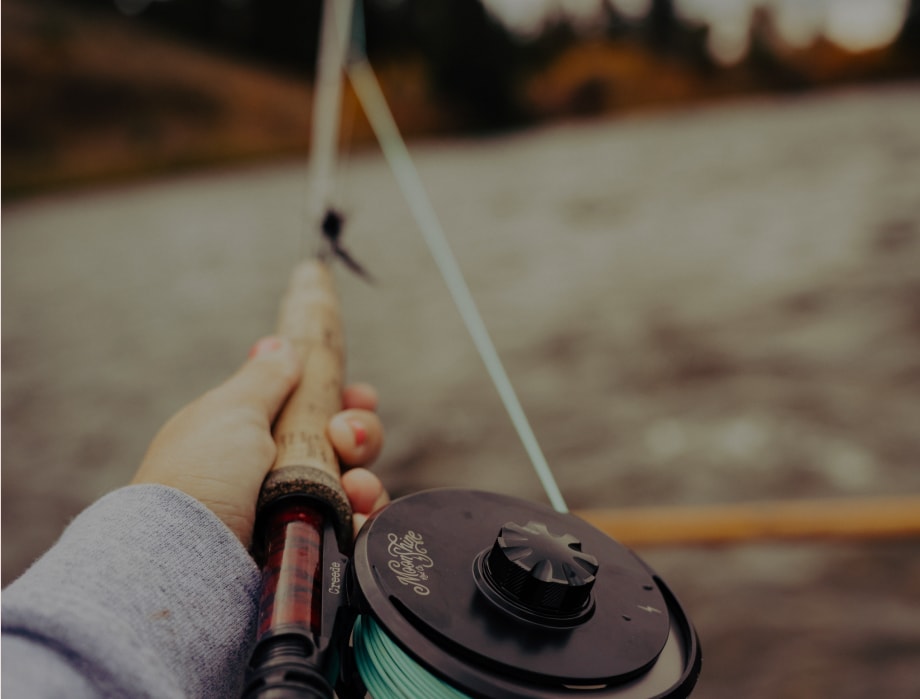
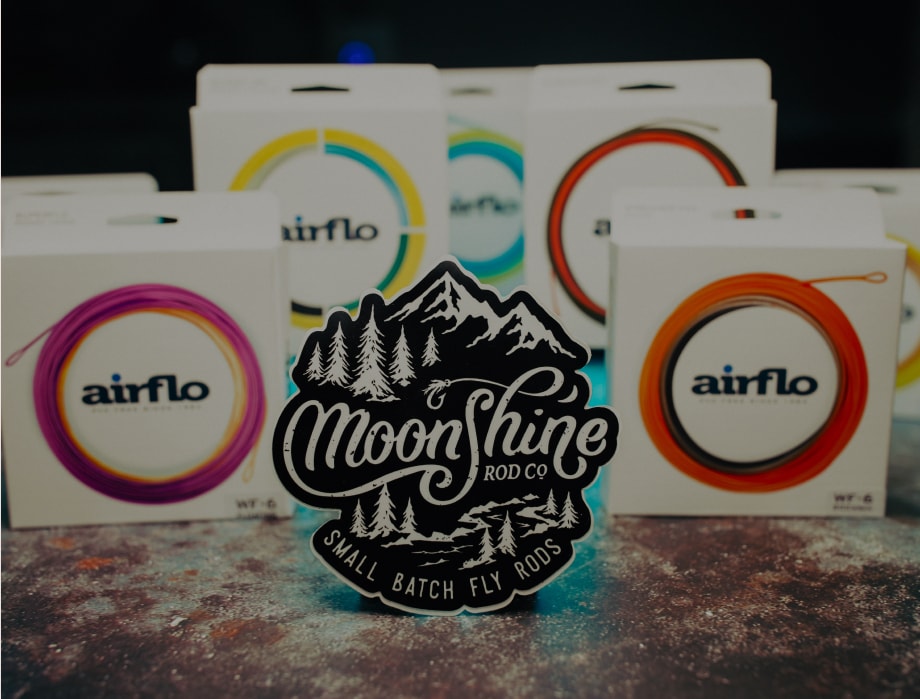

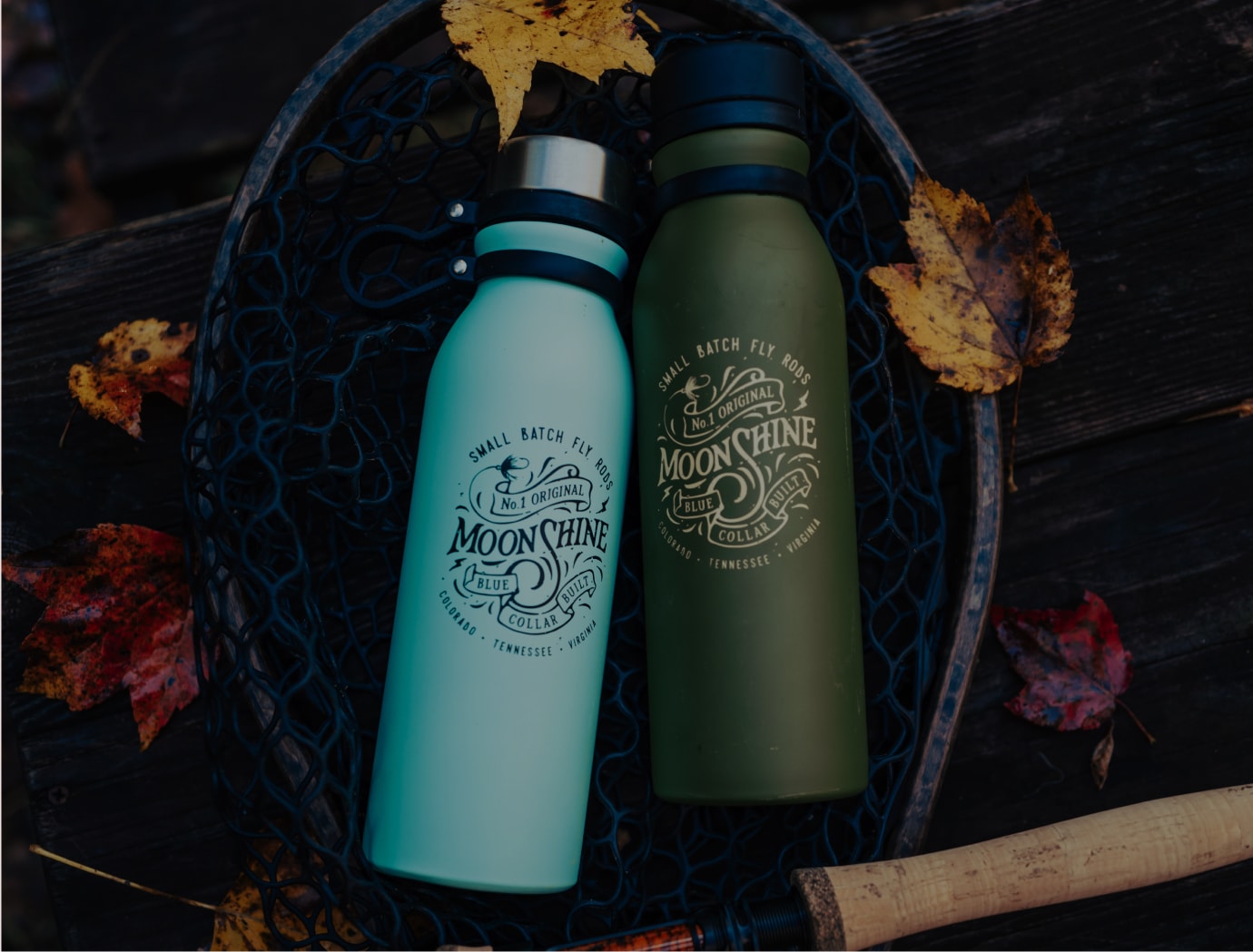

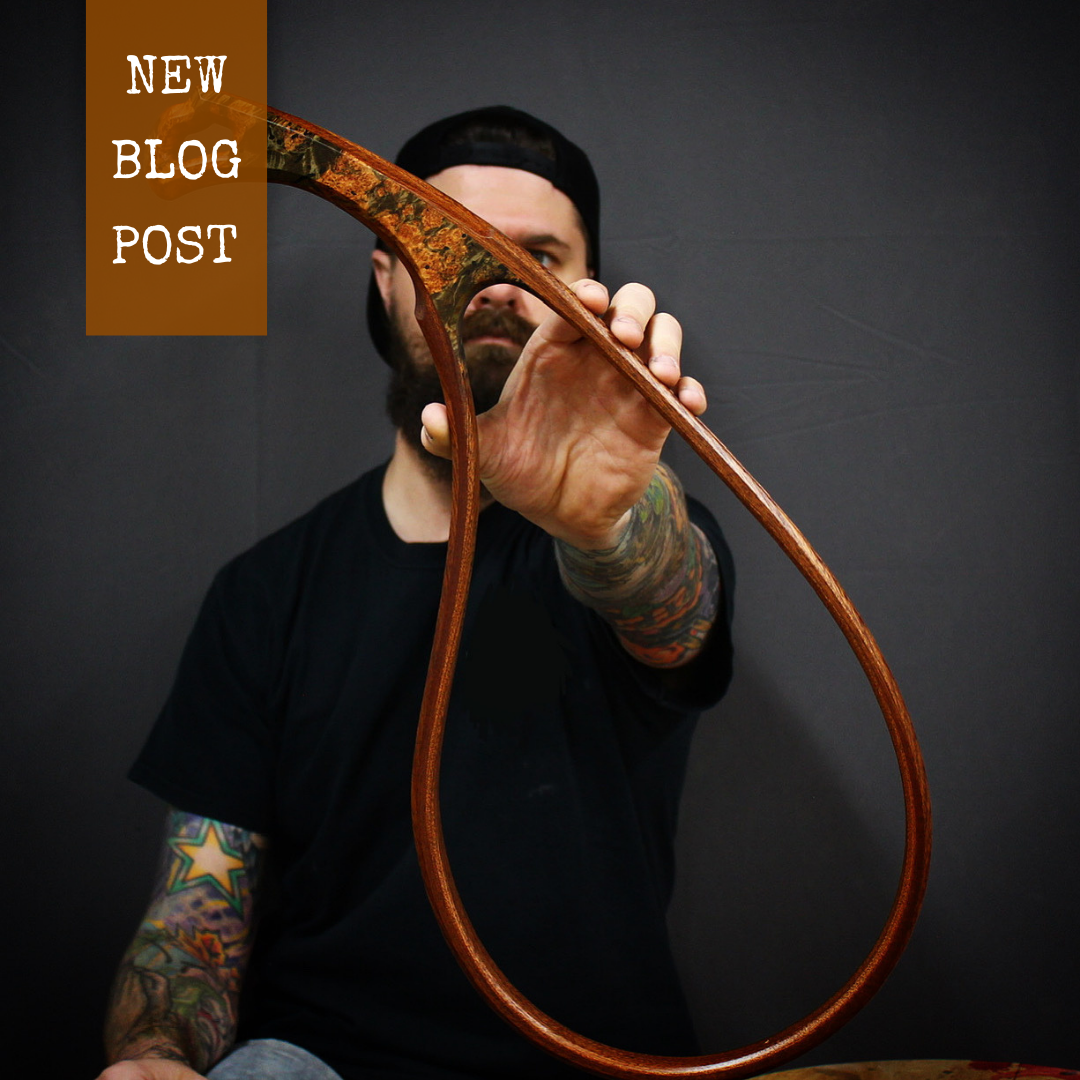
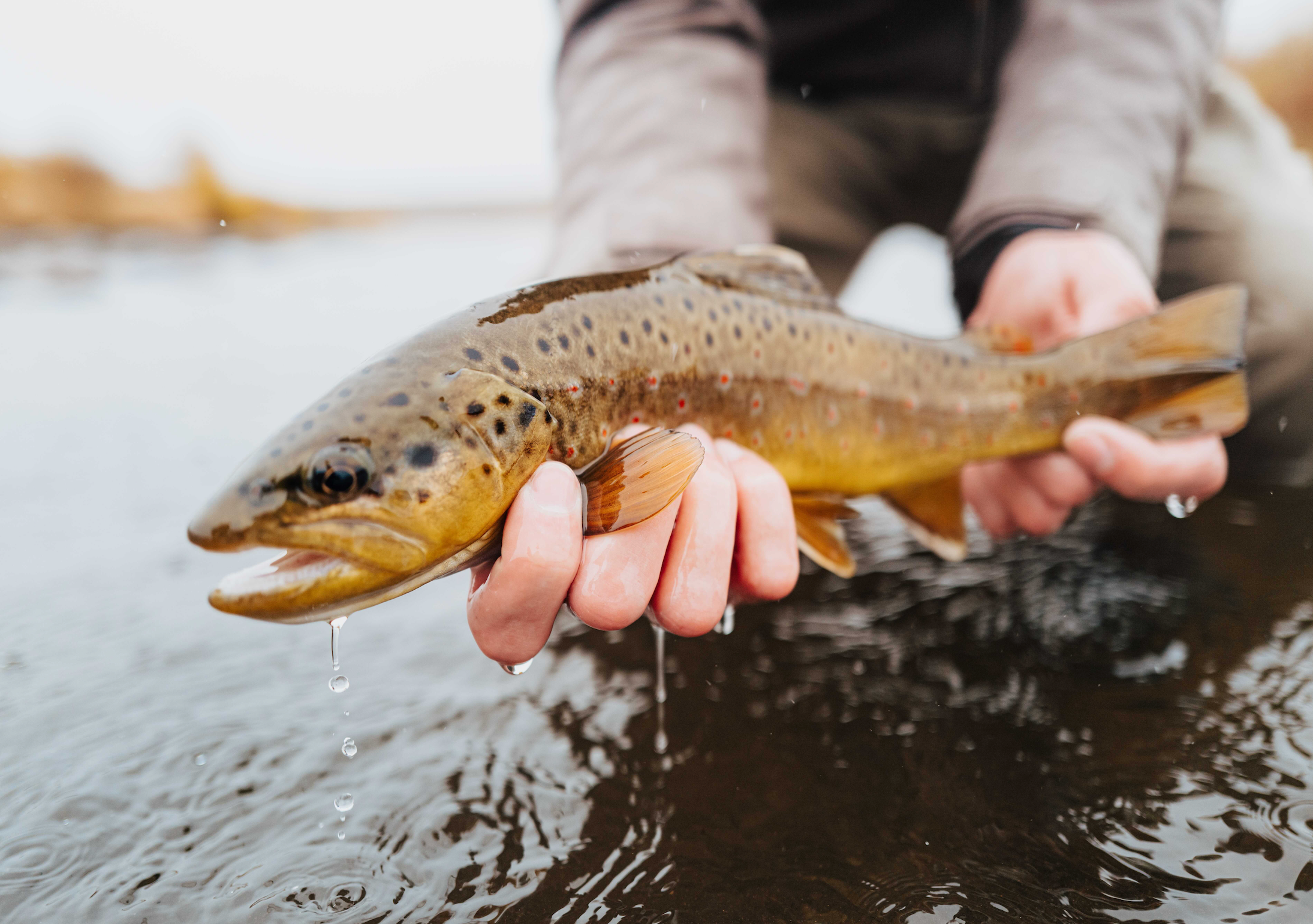
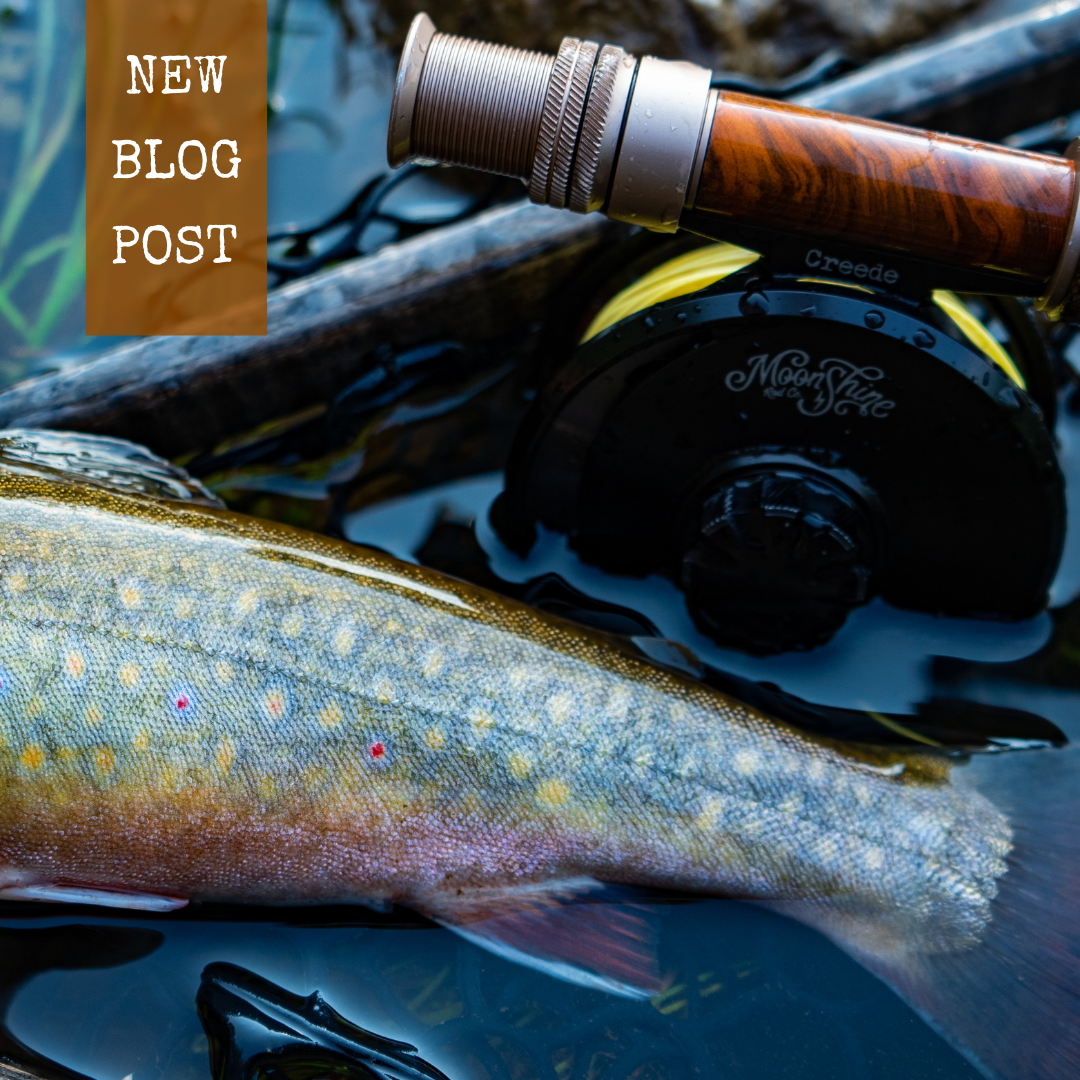
1 comment
Nicholas Karno
I want one of those nets how do I order one , Can you help a brother out?
Leave a comment
All comments are moderated before being published.
This site is protected by reCAPTCHA and the Google Privacy Policy and Terms of Service apply.